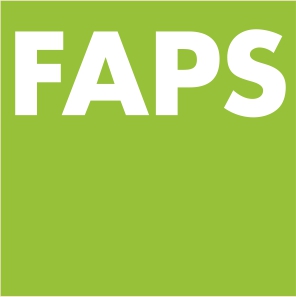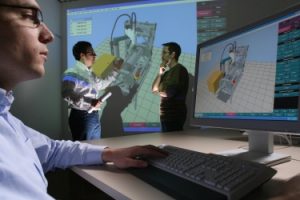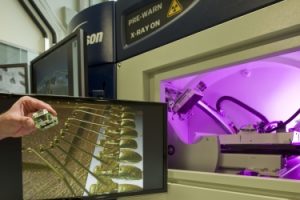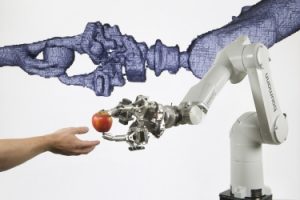Additive Manufacture of Metal-Ceramic-Joints by means of Selective Laser Melting
|
Project term: |
December 2020 - November 2023 |
|
Contact FAPS: |
Nils Thielen (M. Sc.) |
|
Project partners: |
|
|
Sponsors: |
Deutsche Forschungsgemeinschaft |
Project description
This project focuses on the research of additive manufacturing of metal-ceramic composites using selective laser melting for power electronics. Currently, ceramic substrates, made using DCB (direct copper bonded) or AMB (active metal brazing) processes, are commonly used as substrates in power electronics. Both processes involve bonding a ceramic substrate with a metallic, electrically conductive thin layer (0.2-0.5 mm), usually in the form of foils. In the DCB process, the connection between the two materials is achieved through the wetting of molten Cu2O on the underside of the copper foil in direct contact with an oxide ceramic (usually Al2O3) in a firing process at about 1064 °C. This creates a material bond, which is necessary in the use of power electronic circuit carriers due to the CTE differences between ceramic and metallization. In the AMB process, titanium additives to a solder alloy (usually Ag-Cu solders) form a reaction layer when in contact with ceramic materials during the firing process. This solder then acts as an interface between the ceramic substrate and the metal foil. However, both processes have weaknesses in terms of flexibility, 3D capability of metallization, and resource consumption. To ultimately obtain the conductive structures of the circuit carrier, various lithography, etching, and washing processes are necessary, which significantly lengthen the process chain and additionally burden the environment through the use of chemicals.
Selective laser melting offers an alternative: Powder materials can be selectively melted in one step on ceramic substrates heated to about 500 °C, corresponding to the final metallization. This process can be described as selective laser brazing (SLB). In this research project, Cu-Ti powder is used as the metallization material, based on the analysis of the state of the art and extensive preliminary work. Al2O3 is to serve as the substrate material. At the beginning of the project, the melting behavior of the powder materials without ceramic substrate material will be qualified. The main part of the research, however, is to determine the wetting behavior of the powder on the heated Al2O3 ceramic, along with accompanying parameter studies. As qualification measures, adhesion strength tests, current carrying capacities, and long-term stability of the metallization before and after a thermal post-treatment in an inert/evacuated atmosphere will be checked. Using EDX and WDX analyses in the SEM, the core question of the research project – the possibility of a material bond between titanium-containing powder and Al2O3 in the form of the formation of Magneli phases using SLB/SLM – will be answered.








